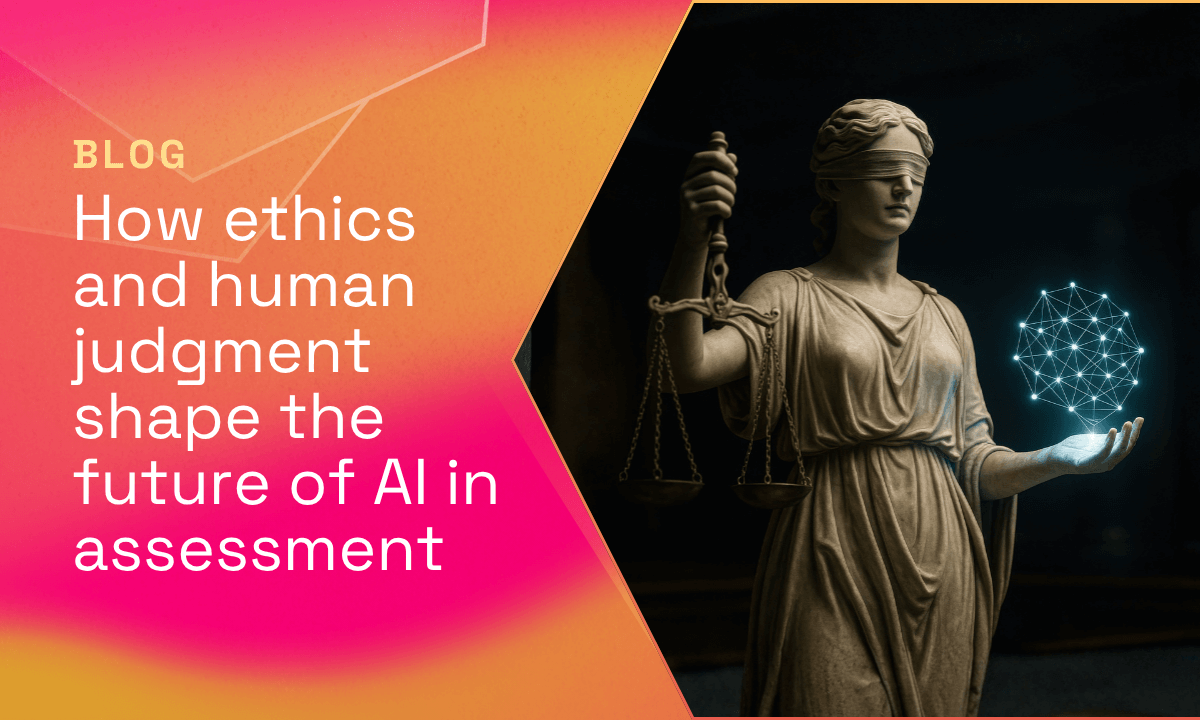The hidden cost of untapped emerging leaders
Why waiting to develop potential is more expensive than you think.
Most organizations don’t intend to overlook their emerging leaders. It just happens.
One day, a promising high performer is contributing quietly on a team. The next day they’re burnt out, disengaged, or already handing in their notice, and no one saw it coming. Not because they didn’t have potential, but because no one made the effort to nurture it early enough.
We talk a lot about “talent pipelines” and “future-ready leaders,” but when it comes to actually building them, too many companies fall short. And the cost of that gap? It’s not just invisible, it’s compounding.

When potential goes undeveloped, performance suffers
Emerging leaders sit at the intersection of impact and risk. They’re high-contributing individuals, often navigating stretch assignments, mentoring peers, or leading projects informally, even before they have a title. But without intentional development, they operate unsupported, unclear, and increasingly uncertain about their future.
This leads to what many HR teams see but struggle to name: execution bottlenecks, missed handoffs, slow decision-making, and teams that rely on a few overextended managers to keep things moving. It's not that the bench is empty, it’s just unprepared.
Worse, these issues aren’t isolated to performance. When emerging leaders are ignored, the ripple effect hits morale, retention, engagement, and ultimately, your ability to scale.
The myths that hold companies back
Let’s name a few of the most common blockers:
- “They’ll grow into it.” But potential doesn’t actualize on its own. Left unsupported, it often stalls or walks.
- “They’re not ready for coaching.” Coaching isn’t just for the C-suite. In fact, it has the highest ROI when delivered earlier, when habits are still forming.
- “We already do development.” A lot of plans live in spreadsheets and PDFs, but rarely translate into behavior change without structure, reinforcement, or accountability.
The truth is, most leadership development happens too late, for too few people, and based on too little data.
The business case for acting earlier
There’s a reason CHROs are being pushed to modernize their approach to leadership development. Research shows:
- Only 12% of companies feel confident about their leadership bench strength (DDI Global Leadership Forecast).
- 70% of the variance in team engagement is tied directly to the manager (Gallup).
- And high-performing teams led by skilled managers are 23% more profitable, 18% more productive, and far less likely to churn.
Those numbers aren’t just abstract. They show up in missed promotions, poor succession planning, lower NPS, and regretted exits. And they’re not caused by “bad” people, they’re symptoms of an underdeveloped system.
What better looks like: A smarter path forward
At Deeper Signals, we think about emerging leadership as a system, not a moment. We work with organizations to build end-to-end development pipelines that are:
1. Objective
We use behavioral assessments to identify leadership potential based on real traits and not noise, bias, or politics. That means less guesswork and more equity in decision-making.
2. Scalable
Our Core Coaching model delivers targeted coaching journeys to emerging leaders at every level, blending behavioral science with real human support. It’s accessible, affordable, and built to work within the flow of work.
3. Sustained
With ongoing support from Sola, our AI assessment assistant, leaders get nudges, reminders, and personalized advice to keep growing even when no one’s watching.
This creates a culture where people don’t just get told to “act like a leader,” they get the tools and insight to become one.
Start earlier. See results faster.
Investing in emerging leaders isn’t just a people strategy, it’s an operating advantage. When you coach high-potential talent before they burn out or leave, you don’t just retain them. You elevate the people around them, too. You multiply clarity, raise the bar on performance, and strengthen the very muscle your business will depend on in the next 6, 12, or 24 months.
Most organizations already have their next generation of leaders. What they’re missing is the system to harness them.
If you're rethinking how your leadership pipeline works or wondering why it keeps stalling, this is where to start.





























